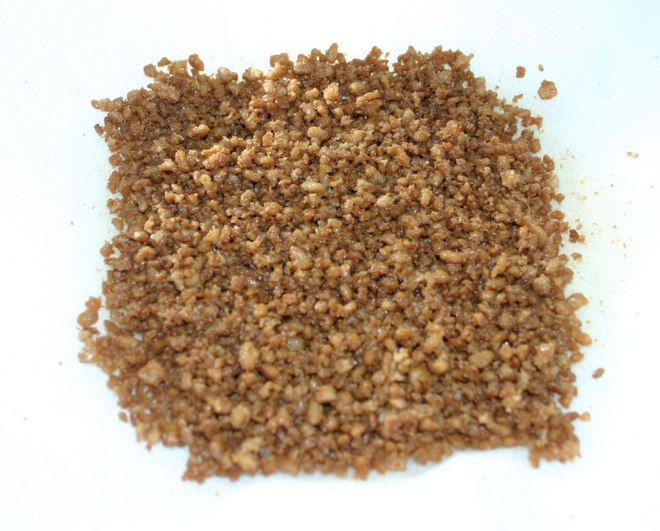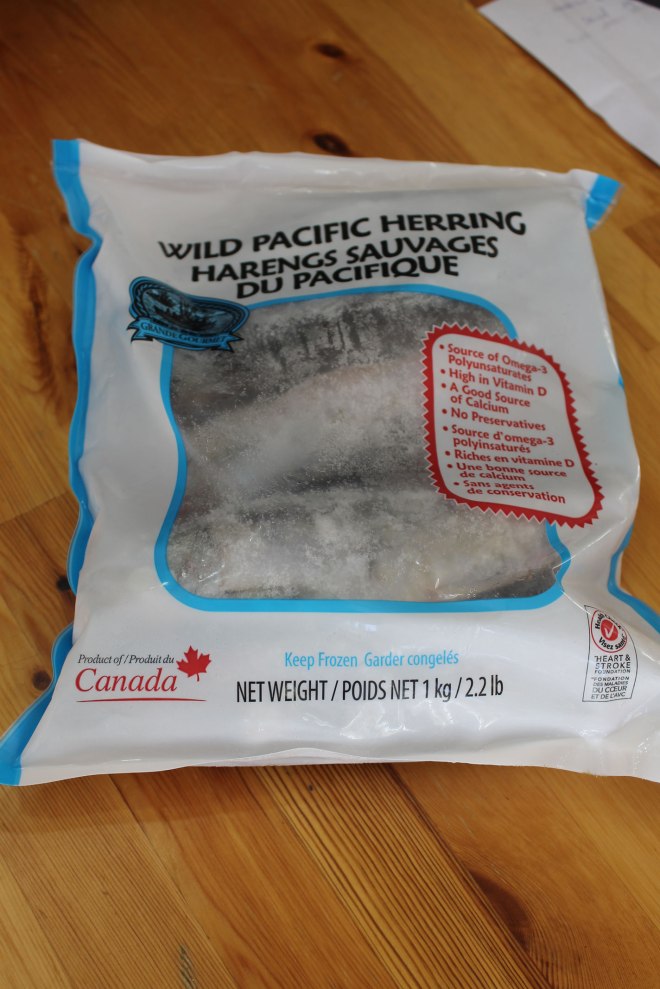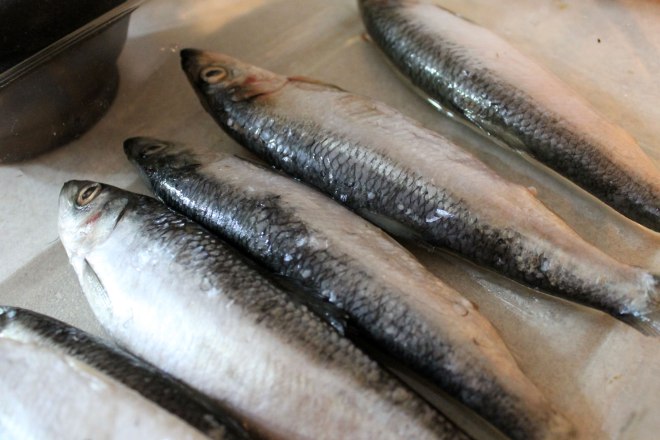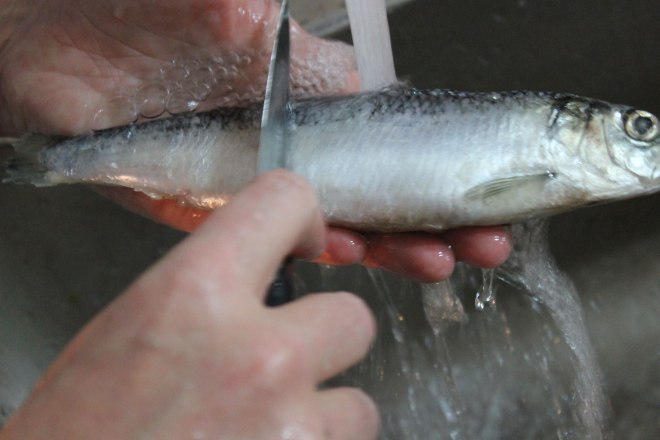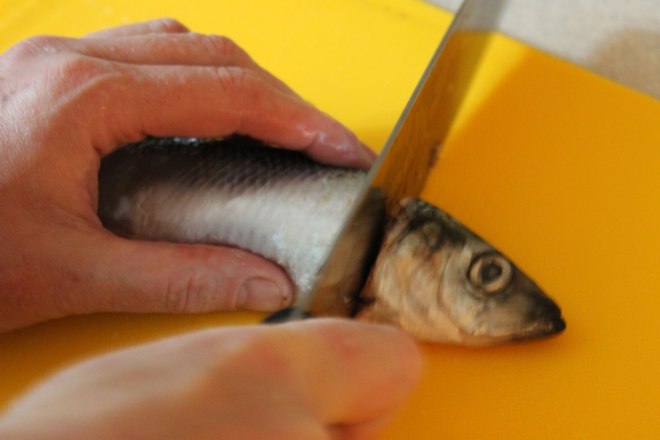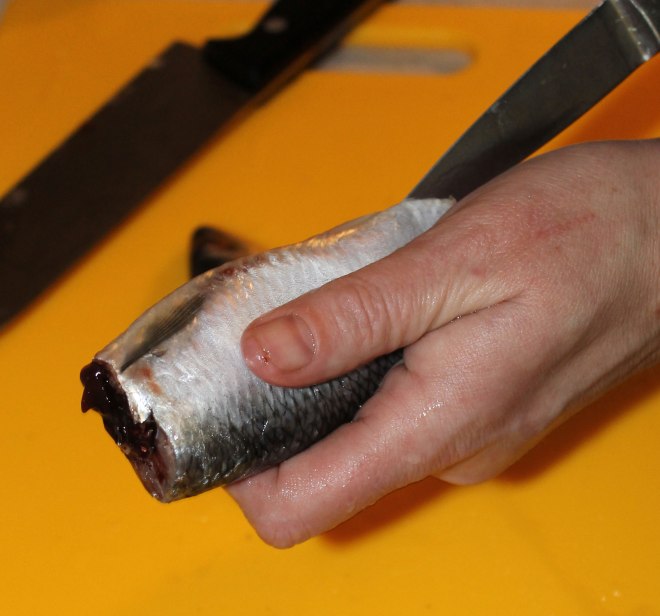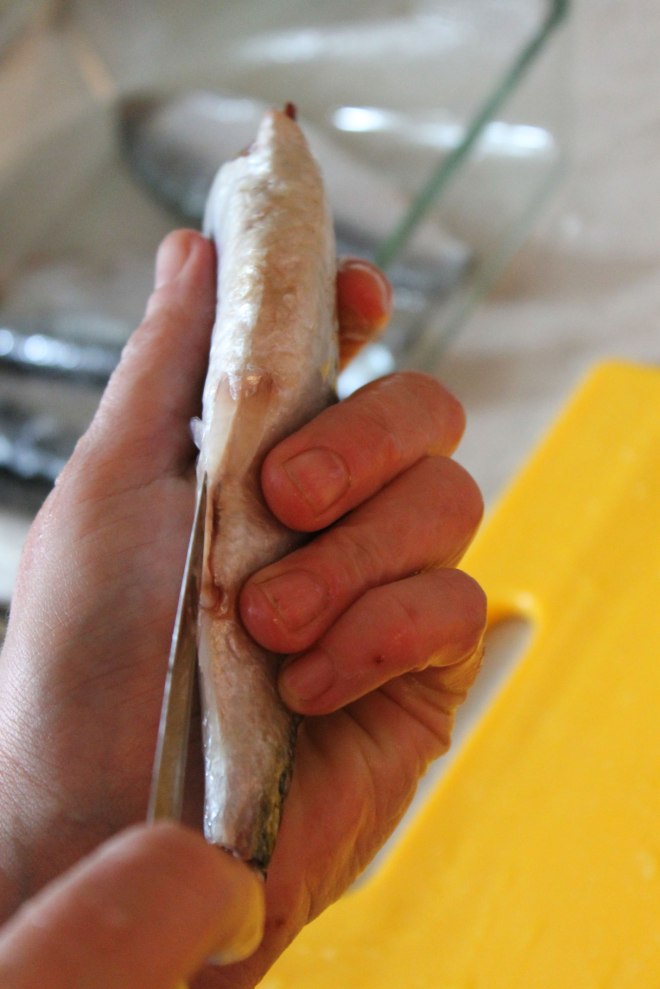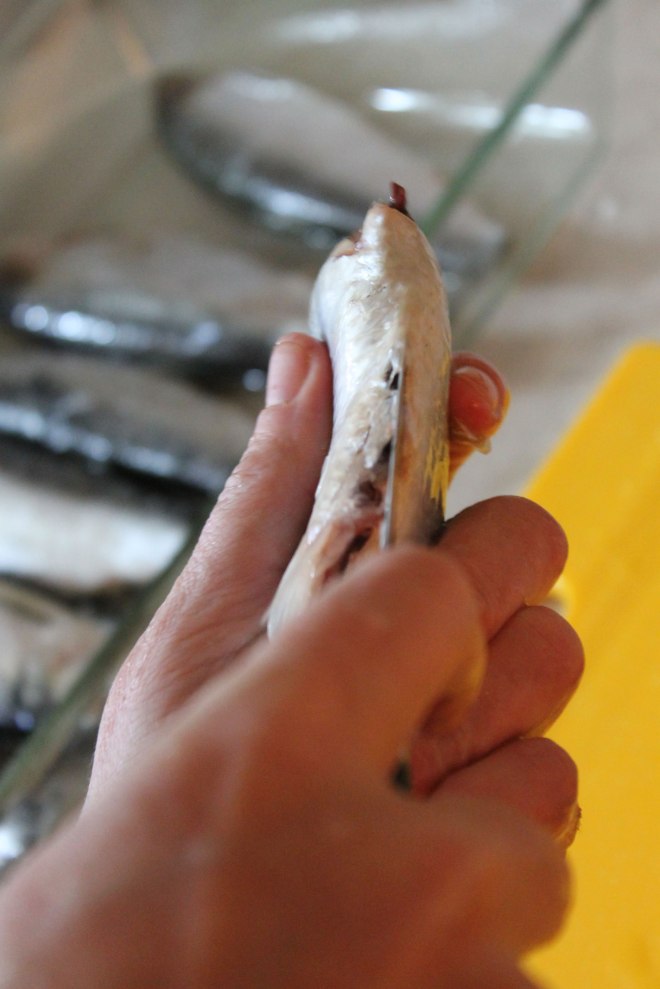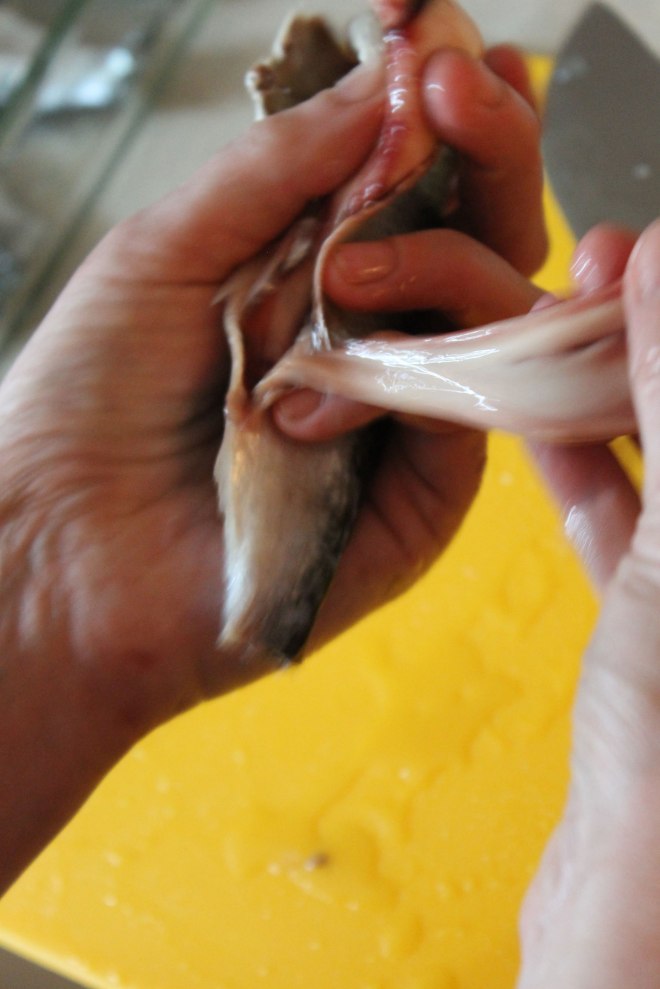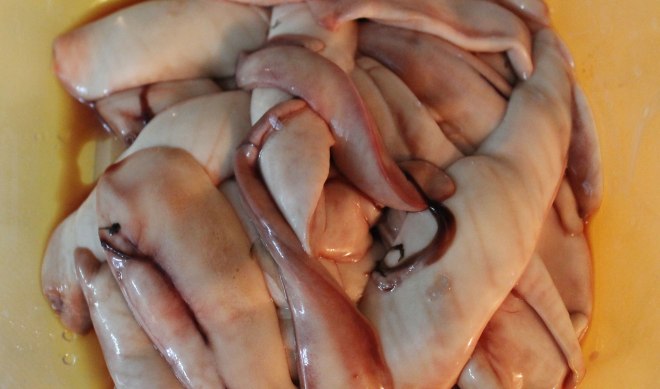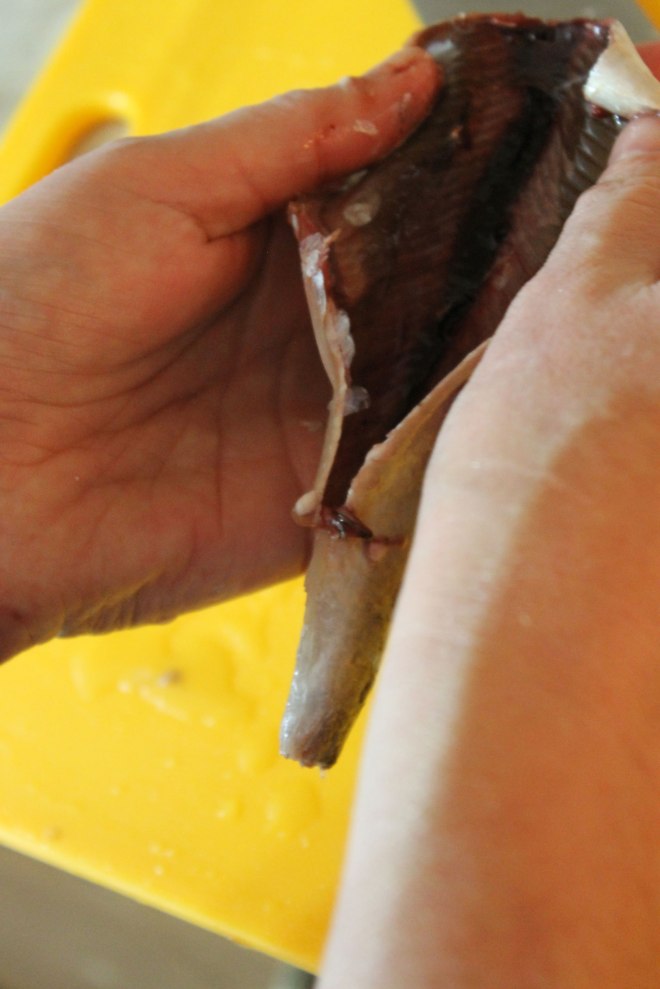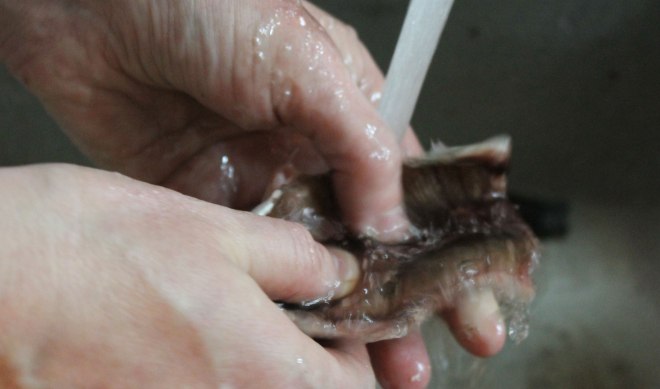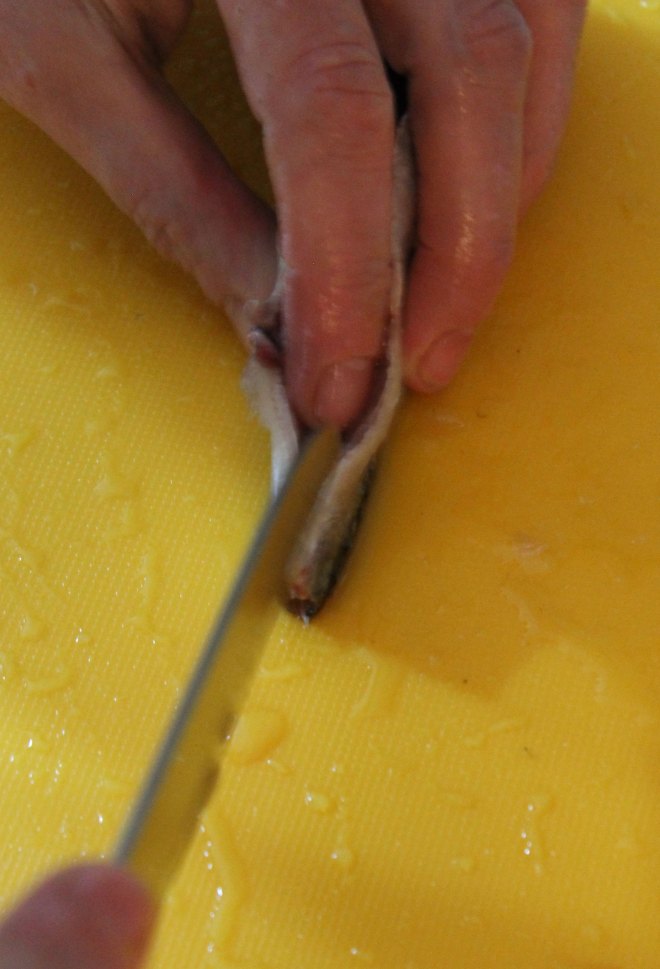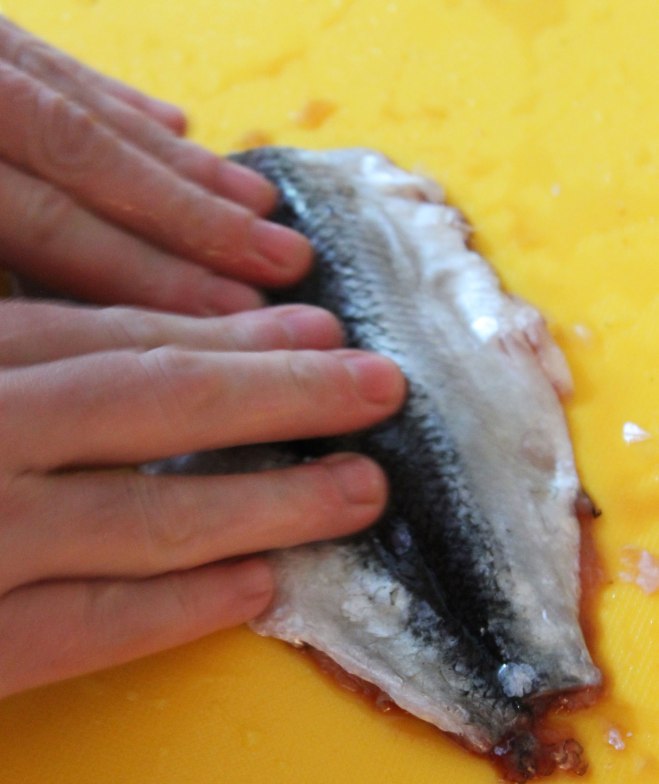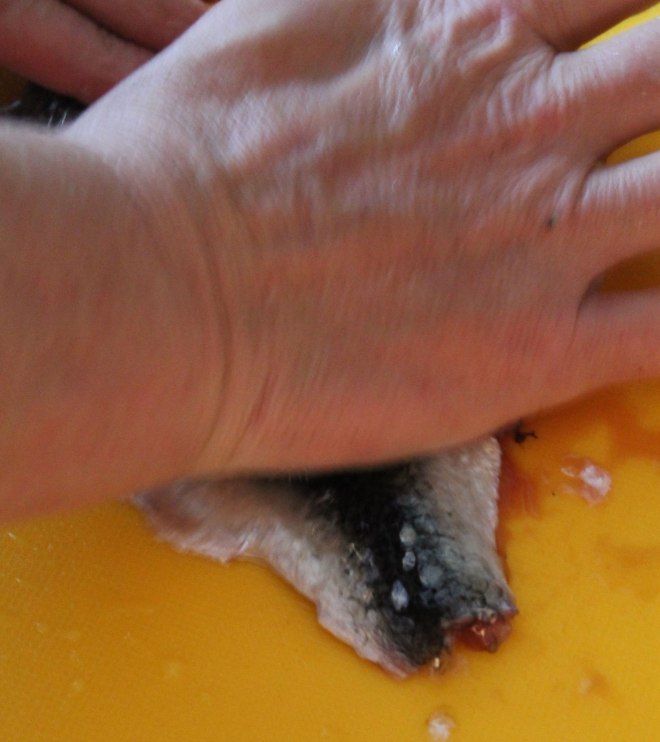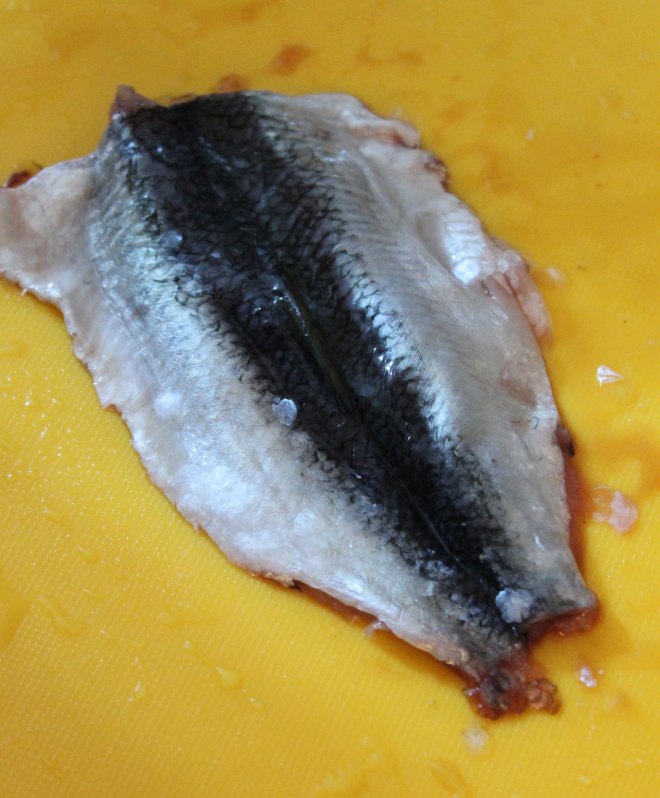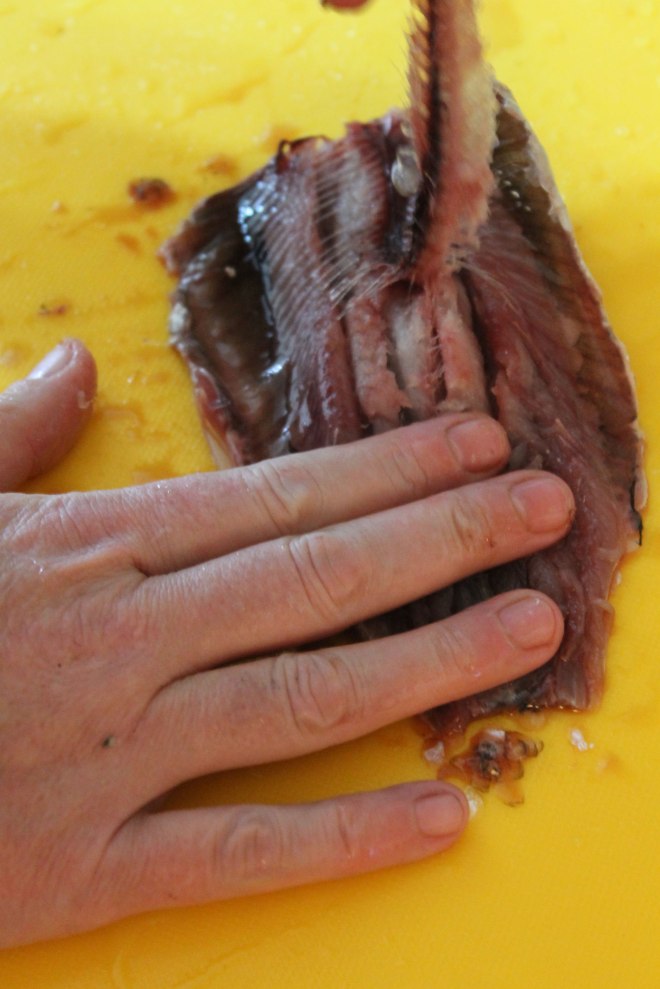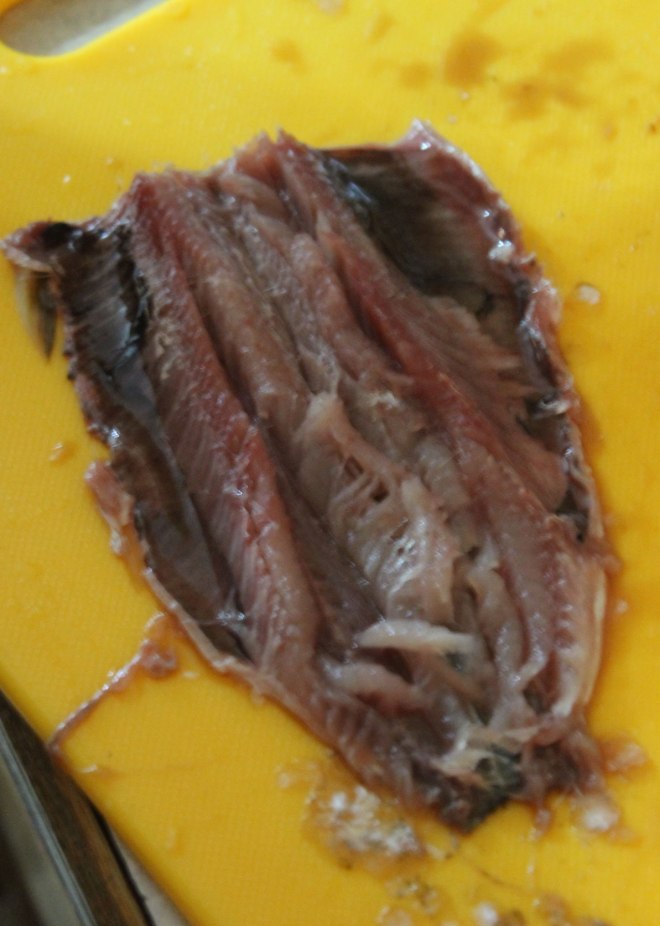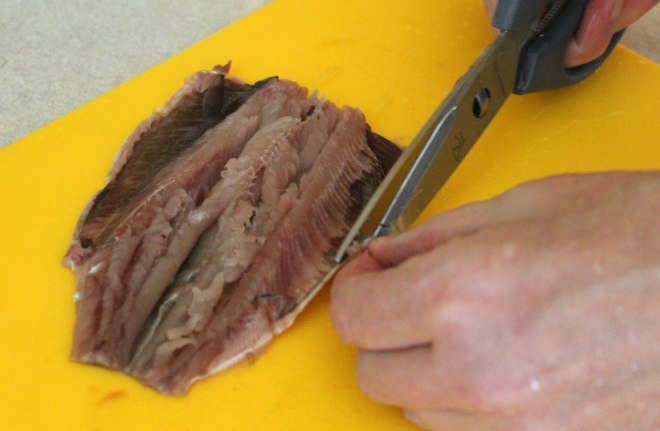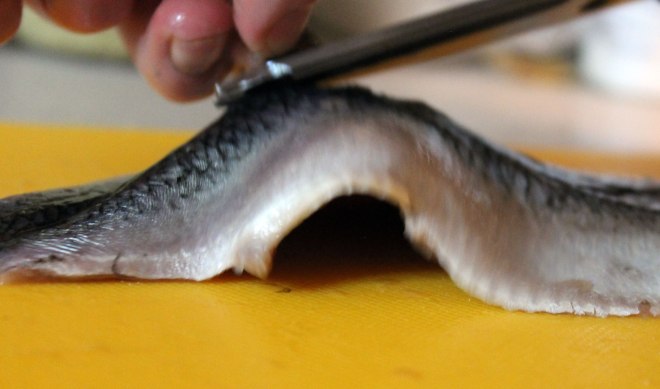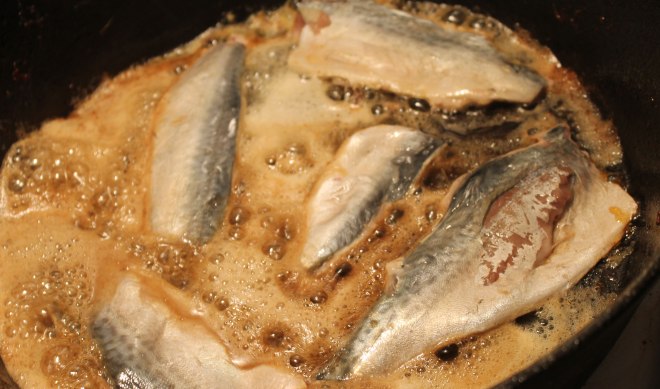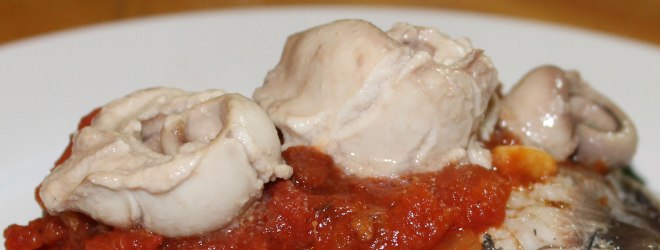I was lucky enough to buy some grass-fed beef fat from a local farmer. I blogged about meeting her here.
I decided that I was going to render this fat down so that I had some homemade tallow to use in cooking.
Tallow is the fat rendered from grazing animals (ruminants) like sheep or cows.
When the fat comes from grass-fed animals it has a very healthy fat profile with almost a perfect omega-3 to omega-6 ratio (between 1:1 and 1:3). It also contains conjugated linoleic acid (CLA) which helps to reduce inflammation and promotes healing. It is also a rich source of the important fat-soluble vitamins A, D, E and K.
All these healthy fats and vitamins mean that despite what we have been told in the past, grass-fed tallow is actually a heart-healthy cooking fat. In addition, the main monounsaturated fat that is present in beef tallow is palmitoleic acid, which is highly antiviral and antibacterial.
Beef tallow is approximately 55% saturated fat and 40% monunsaturated fats, both of which are very heat stable and highly resistant to oxidation. They do not easily produce harmful free radicals in the way that liquid vegetable oils do when heated. This means that it is ideal for high heat cooking such as roasting or frying, and it can be stored at room temperature for long periods of time.
See this article for a run down of the fatty acid profile of grass-fed beef tallow.
Tallow is solid at room temperature, and has a melting point around 110F.
The flavour of tallow will vary depending on which animal the fat comes from. If the fat comes from cows (as my fat did), it will have a beefy taste. When the fat comes from sheep, it will have a more lamby taste that some people may find unpleasant unless they love the flavour of lamb (as I happen to).
It can take a while to get used to the flavour of tallow in your food, especially if you are used to using a neutral flavoured fat or oil. My housemates found this a little difficult at first. I love the flavour however, and I barely notice it now.
Of course tallow is most suited to cooking the meat of the animal that it comes from (beef for beef, lamb for lamb), but there is no reason why you cannot use it for cooking almost everything – I have even used it for making pastry dough in the past! I also use it for roasting and sauteeing veggies, and even for deep frying. Years back, before the “war on fat” and animal fats in general becoming demonized, most English Fish and Chip shops used beef tallow to fry their fish. People who remember those days will tell you that the texture and flavour of the fish and chips has suffered with the switch to vegetable oils (and fish and chips has become much more unhealthy as a result too!) And certainly tallow makes some of the best fries and roasted root vegetables…
While there are places where you can buy grass-fed beef or lamb tallow (butchers that stock grass-fed beef are a good source), it is very easy to make at home, and it costs substantially less to do so.
The first thing you need to do when making your own tallow is to find a source of grass-fed beef or lamb fat. As I said, I purchased mine from Rachel at Trails End Beef. Try asking at butchers who stock grass-fed meats. Ask at farmers markets. Google “Grass-fed beef” and find a supplier in your area. Any beef or lamb fat can be rendered down, but the suet or “leaf fat” that surrounds the kidneys is best. You can also trim off any fat that is on your grass-fed beef and save it to render down, or drain off and save the fat naturally drains off your grass-fed meat.
When I purchased my beef fat (mine was suet – the fat that surrounds the kidneys but you can use fat from anywhere in the animal), mine was chopped up into tiny pieces. If your fat is in one solid lump however, you need to chop it up.
You can do this using a knife (takes time), you could put it in your food processor, or if you have a meat grinder, run it through that. And if you are purchasing it from a butcher, why not ask them to grind it up for you… most are more than happy to do so.
The smaller you chop your fat, the greater the yield of tallow… so get that as small as you can.
You also need to heat the fat as slowly and evenly as possible. This also increases the yield.
My preference is to use a slow cooker, set on low, to do this as it warms it very gently. This takes a long time – another reason why I prefer to use my slow cooker – I don’t have to stand over a pot on the stove, and I can just let the slow cooker take care of it.
The tallow is ready once all the fat has melted. There will be some small floating bits which can be filtered out.
I strain my tallow through paper towel set in a sieve.
And then I store it in mason jars. Typically, I have one jar in use kept at room temperature, and I store any extra jars in the fridge until I am ready to use them.
As far as yield goes, I find that 1lb of suet will make 1 pint of tallow.
How to render beef tallow
- Grass fed beef fat.
If your fat is in one large piece, you will need to chop it up and trim off any bits of meat, blood and cartillage including the membrane that surrounds it.
Once trimmed, chop the fat into tiny pieces. You can use a knife or run it through a meat grinder. You can also use a food processor. This is much easier if your fat is very cold.
Place the fat into a large stockpot or slow cooker and use a very low heat to melt the fat. This will take several hours. Check the fat occasionally, and give it a stir.
The fat is ready when it is clear, and there are small crispy bits floating at the top.
Strain the fat through cheesecloth or paper towel to remove all the floating bits.
Pour into jars and allow to cool and harden.
Tallow can be stored at room temperature for a long time, but for long-term storage it is best to keep it in the fridge.
Use your tallow for roasting, frying or in any recipes that call for shortening or lard.
More information on beef tallow can be found here.
Shared at: Wildcrafting Wednesday, Waste Not Want Not Wednesday, Homestead Bloghop, Fat Tuesday, The Homeacre Hop, Real Food Friday, Old Fashioned Friday, Simple Life Sunday, Simply Natural Saturday, The Art of Homemaking Mondays





